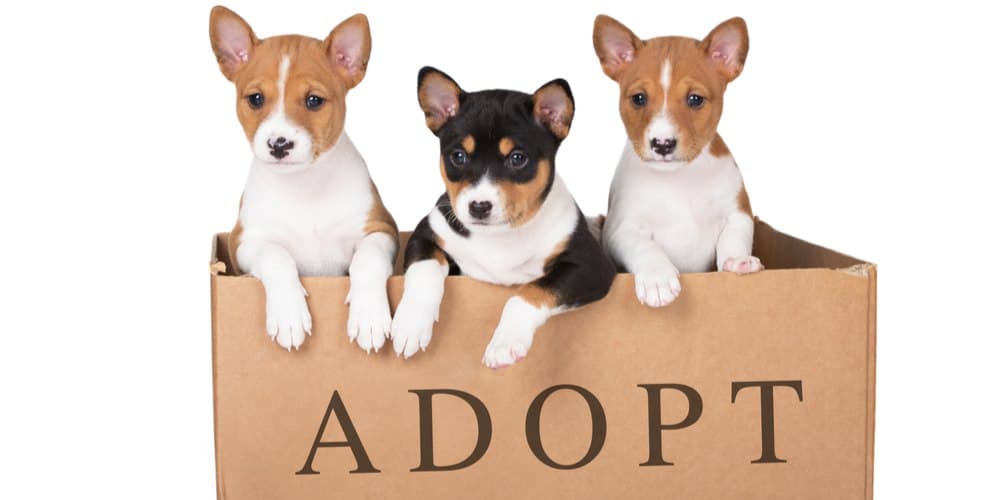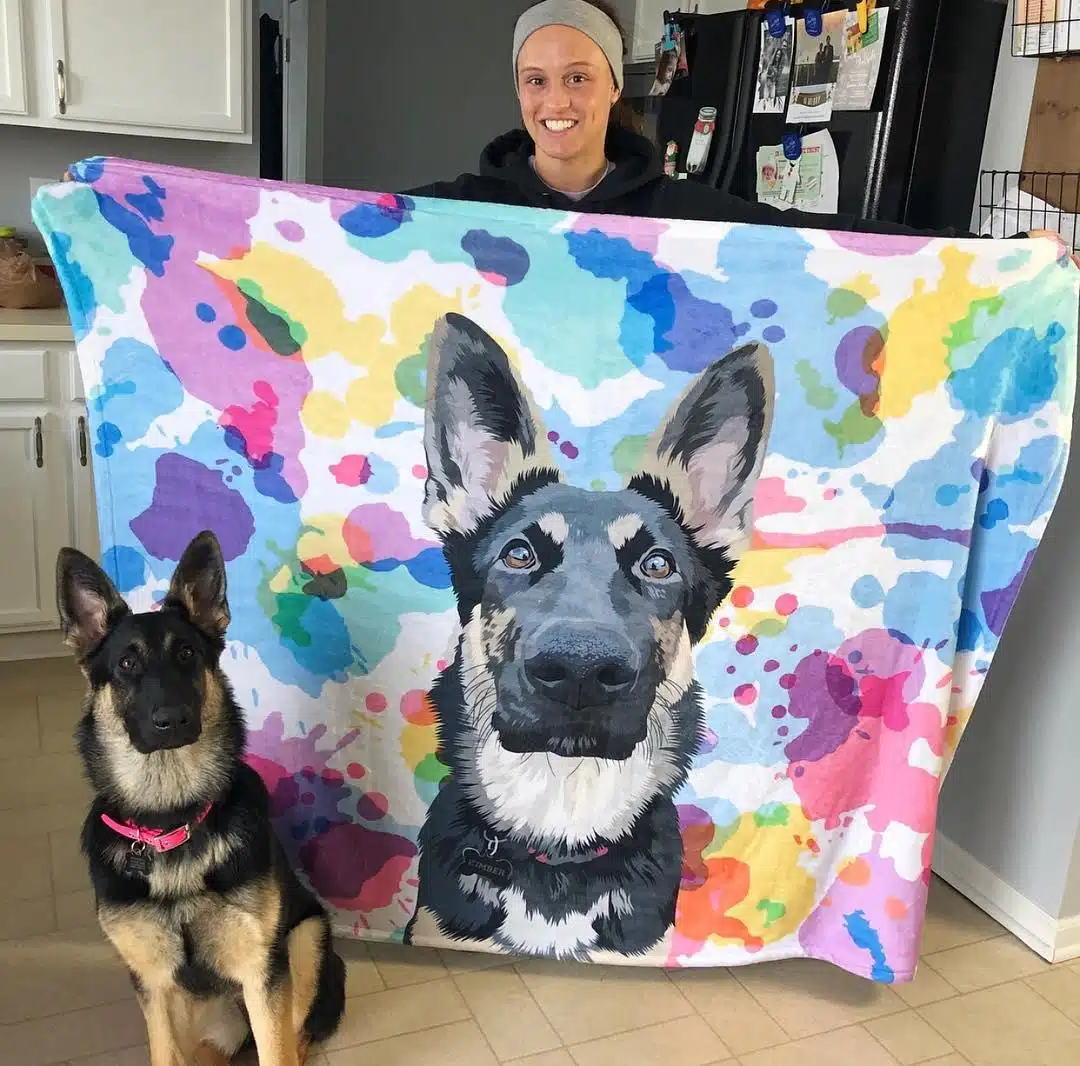How to Successfully Transition a Rescue Dog to a New Home
Bringing a rescue dog to your home is a noble act of love. However, it is not as easy as it sounds. There are reasons that a rescue dog has been dropped off a shelter. The same reasons also lead to their eventual return to the dog shelter.
Thankfully, there are a few things you should keep in mind to ensure that you successful adopt a rescue dog and welcome him to your new home.
Read on to learn more!
Expect Behavioral Problems
Rescue dogs are in a unique situation. Most of them have been neglected or have spent a lot of time in the street. Some of them have been left by their previous owners while others are physically abused.
Since they are entering a new territory, you can expect one or more of the following to manifest:
- Fear as evidenced by their body language
- Aloofness
- Desire to find hiding places
- Lack of appetite
- Aggression
These behavioral problems are expected to disappear as your dog gets used to you and your home. When dealing with your rescue dog, keep in mind their temperament and personality so you can adjust your approach accordingly.
Introducing your Dog to His New Environment
You want to make sure your dog would feel safe and comfortable in your new home. If this is your first time to get a dog, be sure to puppy- or dog-proof your home for safety.
To keep your dog comfortable, prepare his bed in a place where there are not many activities going on. However, keep his bed close enough where he can still hear and see you and other people in the house. Add toys as well to make your dog happy.
If you plan to use a crate for your new dog, make sure that he is crate trained. Most dogs coming from the shelter might be scared of small enclosures. Don’t force your dog to get in the crate, but train your dog to do so little by little.
When feeding your dog, remember that some rescue dogs may not have much appetite yet. So, be sure to do it in a quiet and calm place to encourage proper eating.
Daily walks, exercise, and playtime should be incorporated into your dog’s life. If your dog isn’t leash trained yet, you can ask help from a qualified dog trainer. You can also do it yourself by researching leash training on the Internet.
Establishing a Bond With your Dog
It is tempting to lavish too much attention to your rescue dog. Thinking about the hardships your dog went through might ignite a high level of sympathy.
However, excessive attention may cause separation anxiety in your dog. Thus, it is important to give attention and affection in a slow but consistent manner.
To establish a strong bond, you need to first establish a trusting relationship. This happens by having the right interaction with your pet. Your dog would be able to sense if you really love her or not.
Be sure not to do any physical punishment. While it can correct certain behaviors immediately, it is not a good long-term solution. Since your bond is still fragile, punishments can lead to more harm than good.
Positive reinforcement is still the best way to go. There are a lot of ways to do this and it is effective in controlling your dog’s behavior and eliminating behavioral problems.
Final Words
With the right amount of effort, patience, love, and time, most rescue dogs should be able to eventually assimilate to their new home.
If you are still having trouble transitioning a rescue dog to your family, don’t hesitate to get expert advice from vets, dog rescue groups, and other people who have similar situations. There are also countless magazines, books, websites, TV shows, and other resources to further help you in this process.
Just do your best and your rescue dog will soon become your new best friend.
80% of Dogs Develop Arthritis or Joint Pain by 7 Years old – Here’s How to Protect Them
Most of us train our dogs when they are puppies to jump up on furniture. We think it’s harmless (and easier than always lifting them), but for dogs, couches and beds are very high compared to the size of their bodies.
Every time they jump it compresses their back and applies enormous force to their joints.
It’s no wonder that an incredible 80% of dogs experience arthritis or joint pain by only 7 years old.
Luckily, there is a vet-recommended solution.
It’s the PawRamp by Alpha Paw. An adjustable ramp that allows dogs to safely get on and off couches and beds. PawRamp makes joining you in bed or on the couch effortless and fun.
As a bonus, you can use code SAVE35 to get $35 off the PawRamp today.














